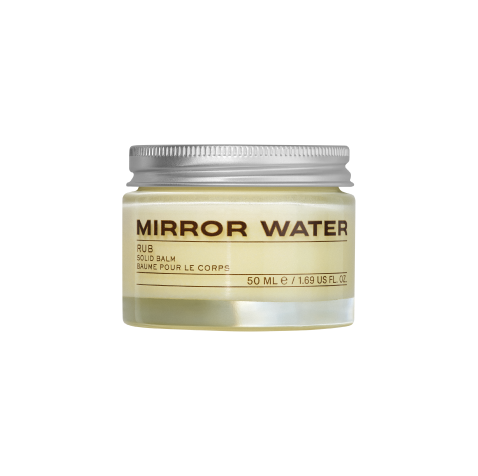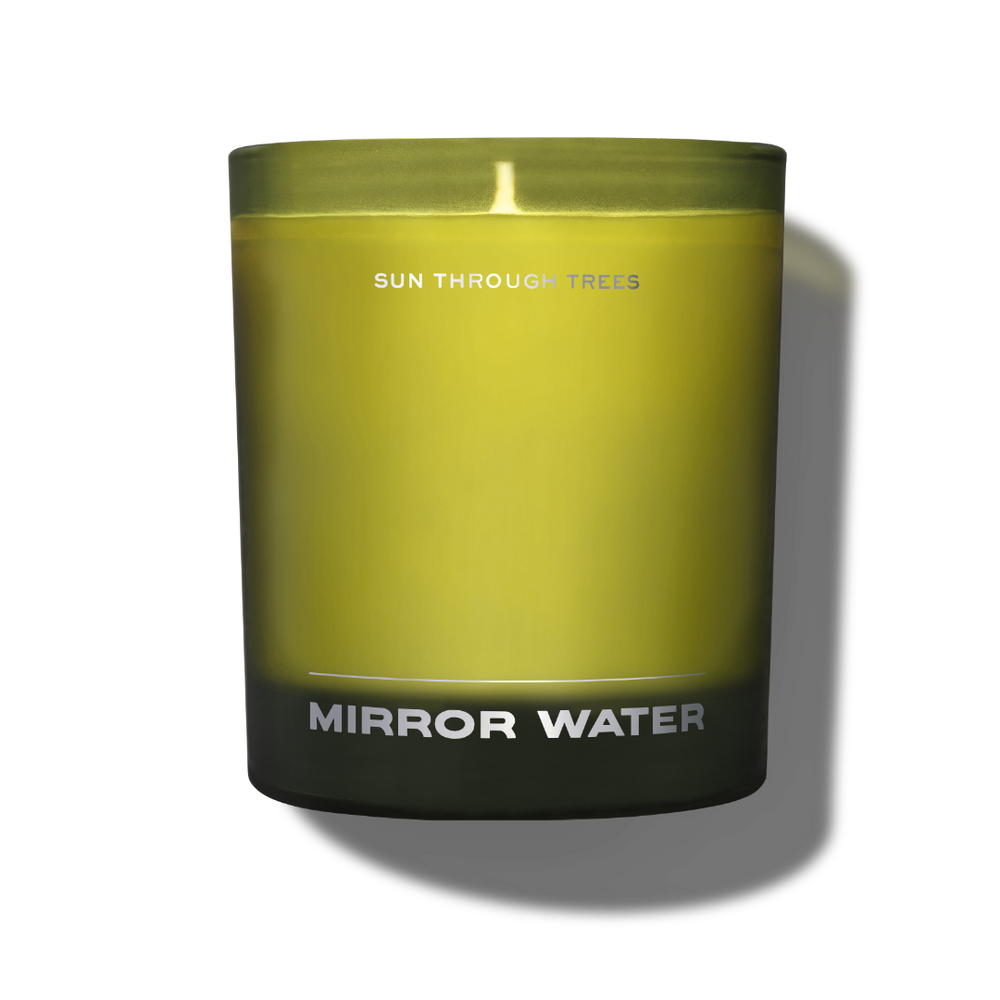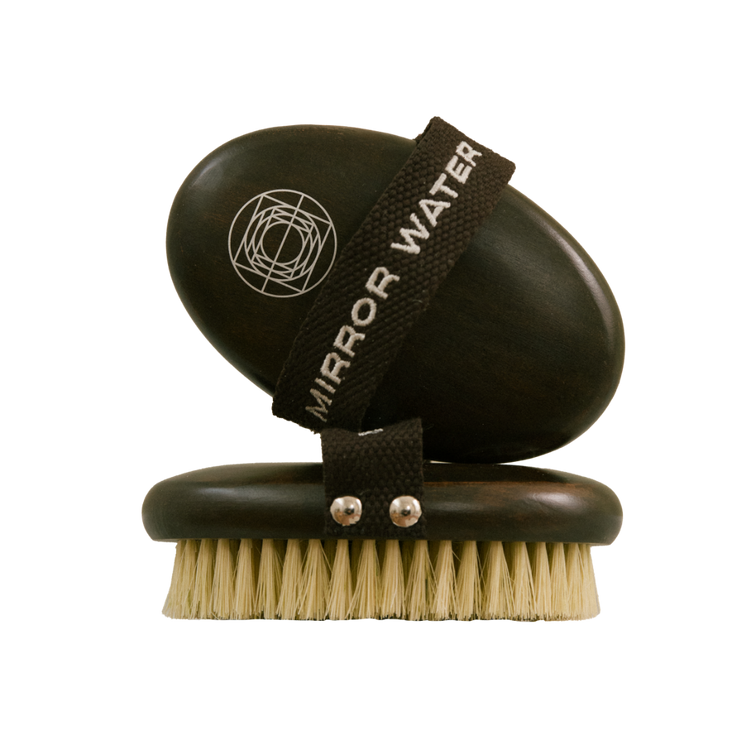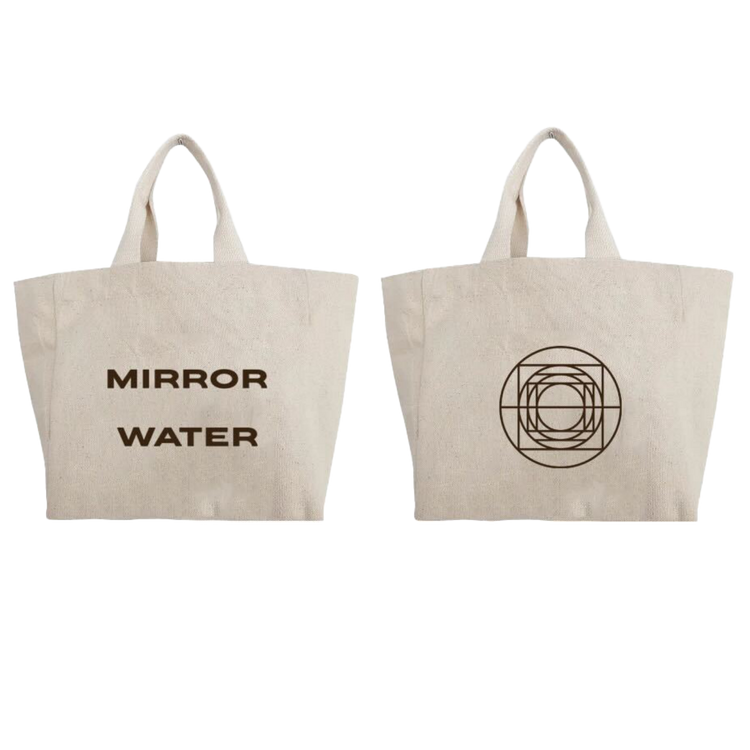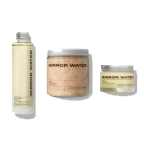
MIRROR WATER Deep Dive Bathing History - Floral bathing
At MIRROR WATER we believe that bathing is an enjoyable and beneficial tool in your personal arsenal of wellbeing rituals. Bathing is a treat for your skin, your muscles and your mind. But there isn’t only one way to bathe—bathing has been a central feature of human life for thousands of years and different practices have developed around the world to address various concerns and to make use of local ingredients. In this series, we learn from different cultures and eras by conducting a deep dive into different types of bathing. For our first piece we looked at thalassotherapy and the power of seawater, and for this second piece we are delving into floral bathing.
If you’ve spent much time on Instagram, you’ve probably seen a flower bath; a huge, inviting bath tub scattered with a thick layer of petals, or sometimes featuring intricate arrangements of bright colours and bold patterns. But what are the roots of this practice before it became good for a photo? Does it have benefits for the mind and body?


Floral bathing, or mandi bunga, is common in southeast Asian countries, though it is also practiced in China and south American countries, and is associated with dispersing bad luck or negative energy and attracting a more positive future. It is believed that the use of flowers for healing dates back to the ancient Egyptians and it is noted that every known culture has made use of the properties of flowers. Bali is now well-known for flower baths, attracting visitors for affordable bathing treatments, especially in and around the town of Ubud, which is located in the Balinese foothills.
Different types of flowers, herbs and plants are selected for their specific spiritual properties, so the floral arrangement for each individual is based on setting an intention for the future. Rose petals attract love, kaffir lime sends bad energy away, mint is for financial prosperity, the beautiful orange flowering plant called thunbergia is associated with generating positive energy and the frangipani plant is connected to beauty. Both fresh and dried petals are used, sometimes accompanied by oils derived from flower and herbs.
In addition to spiritual benefits of the selection of flowers, floral baths are good for the body. Some add salts to the bath to soothe muscles and alleviate stress, which can add to the sense of sending away old or bad energy. The warmth of the bath water gently steams the petals and herbs, releasing their fragrances.
For tourists who book a bathing experience such as a Balinese flower bath, the ritual is typically accompanied by a massage to prepare and relax the body. A Balinese scrub is also a common pre-bath treatment, sloughing away dead skin and bad energy. Some services allow bathers to choose their own selection of flowers to personalise the bath to their individual goals. Once settled in the flower bath, the bather can pray, recite mantras or visualise their intentions in order to manifest their desired results. An important element of the ritual is that after bathing, the petals should be released into the sea, burned, or buried within one week. This is symbolic of removing bad energy and for those who go to the sea, there is the added benefit of the cleansing power of the water.


With a little research and preparation, it is possible to create your own flower bath at home. But there are also several rituals of flower bathing that are worth bearing in mind for your regular bathing practice. For instance, flower bathing teaches us that bathing can be a reliable way to step away from any negative feelings, to use the time and space to reset. In our guide to bathing, we recommend letting the bath water drain around you as a way to visualise renewal and letting go. Setting intentions is also central to flower bathing, which can also be achieved at home, to use bathing as an affirmative, reassuring mode of relaxation and reflection.
We hope you enjoyed learning about floral bathing. If you have ever tried it, or if there is another type of bathing that you would like to see us explore, get in touch at hello@mirrorwater.earth.

